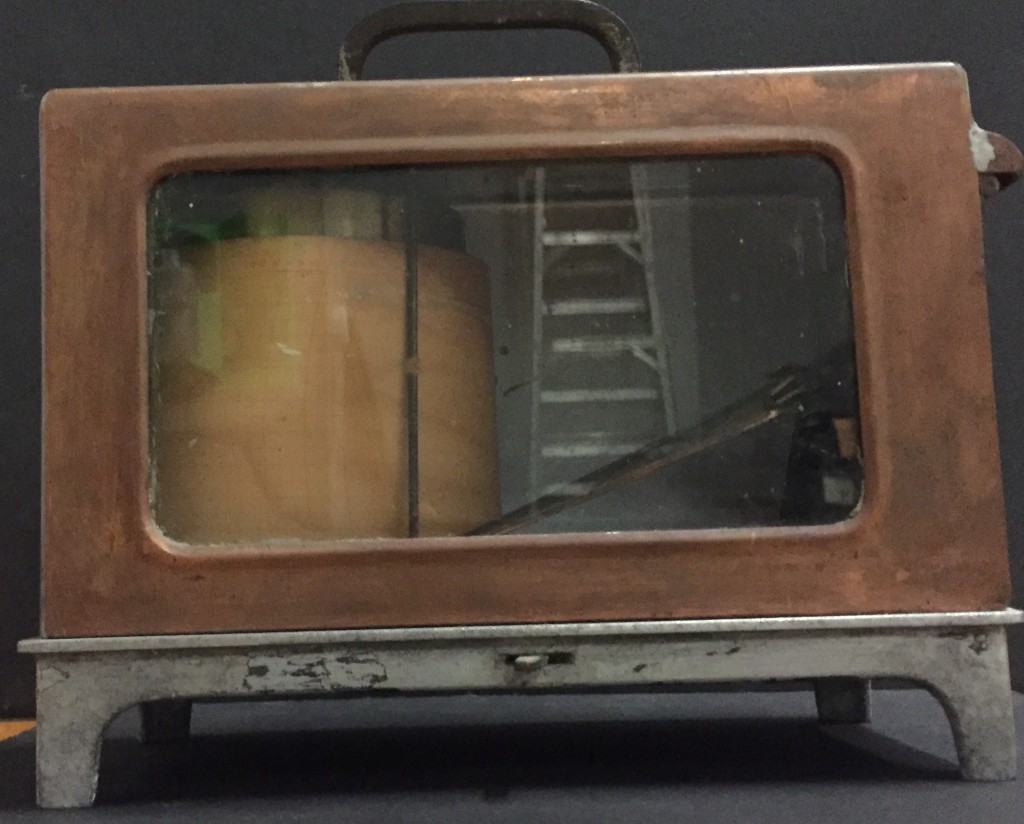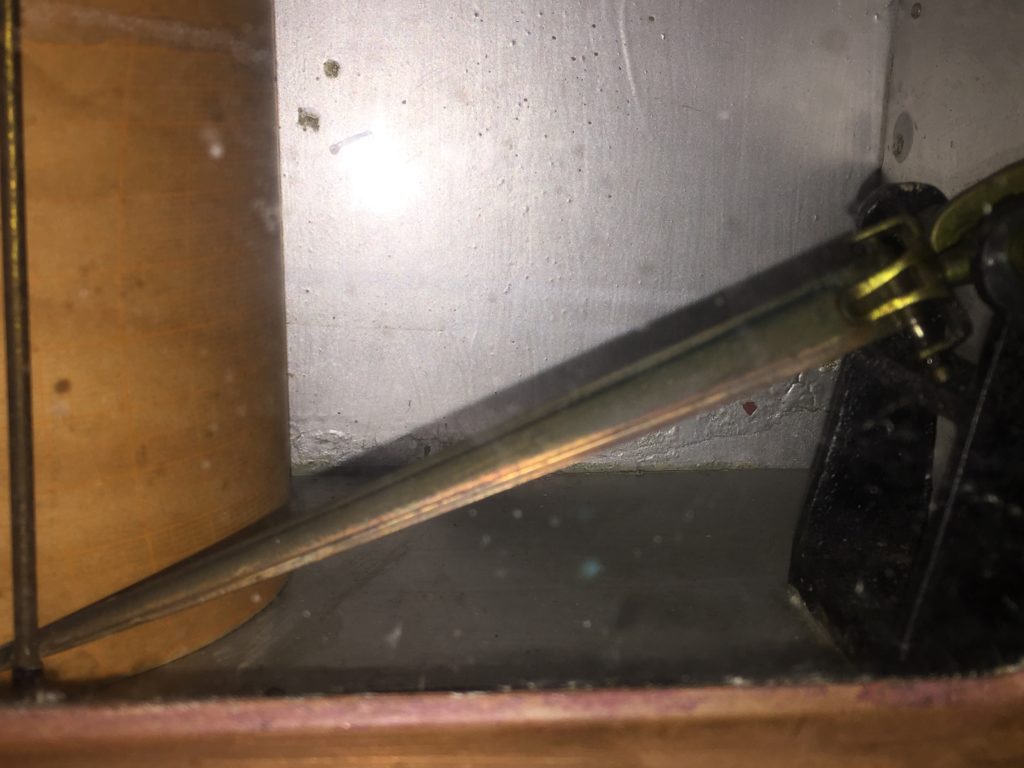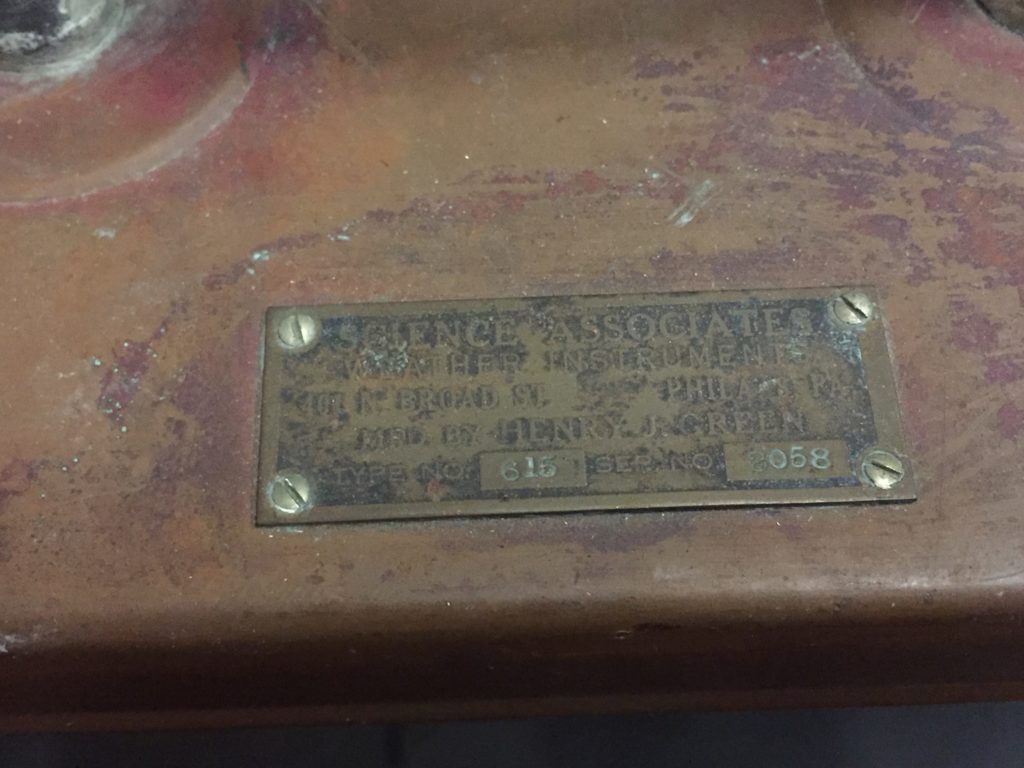What is a Hygrometer?
First documented in the late 1700s, the Hygrometer was invented to measure the amount of water vapor in the atmosphere caused by condensation and evaporation better known as humidity.
There are two types of humidity: absolute and relative.
Absolute humidity tells us how much water vapor is in the atmosphere and how close we are to the saturation point. While relative humidity tells us an approximation of how much water vapor is in the atmosphere and what it is going to feel like when we step outside in the morning.
To measure humidity you can use one of two devices the Dry and Wet Bulb Psychrometer or the Mechanical Hygrometer.
The Dry and Wet Bulb Psychrometer is said to have been invented by Sir John Leslie of Britain. He used a two part system to measure absolute humidity. Two mercury thermometers are used, a dry thermometer measuring the ambient temperature and one submerged in water to measure the changes in atmospheric water vapor. The water on the wet bulb causes the temperature to drop causing it to show a lower temperature than the dry bulb. The temperature difference between the two thermometers will tell you the absolute humidity in the space you are in.
This system is a less complex system of what is referred to as the Mechanical Hygrometer.
In our collection, we have what is referred to as a Hair Hygrometer.
It was built in the late 1800s by Henry J. Green of Science Associates Weather Instruments.
Have you ever noticed that your frizzy/bad hair days correspond with high humidity?
As the amount of water vapor in the atmosphere changes, hair and other organic materials expand or contract. Swiss physicist and geologist Horace Bénédict de Saussure took note and used a human hair in his mechanical hygrometer.
A hair is held under slight tension by a spring linked to a needle gauge. As the hair reacts to the changes in humidity the needle moves indicating the level of humidity. This tells you how your surroundings feel when you go out and about.
In order to keep our artifacts in good conditions we monitor the environment levels of our exhibits and artifact storage areas. Our goal is to keep these areas as stable as possible for our artifacts; temperature between 68 and 72 degrees Fahrenheit and humidity between 45 and 55 percent.
There is, however, the occasional spike either the area/case is too cold/warm or the humidity is too high/low. More often than not these fluctuations are minor. These fluctuations cause damage to the artifacts.
Not to mention that no one wants to walk through a museum that warm and muggy!
Read more about items in our Museum Collection »
Barb joined the Lighthouse family in 2012 and currently works as the Collections Manager. She has a bachelor’s degree in history from Aquinas College in Grand Rapids, Michigan.




